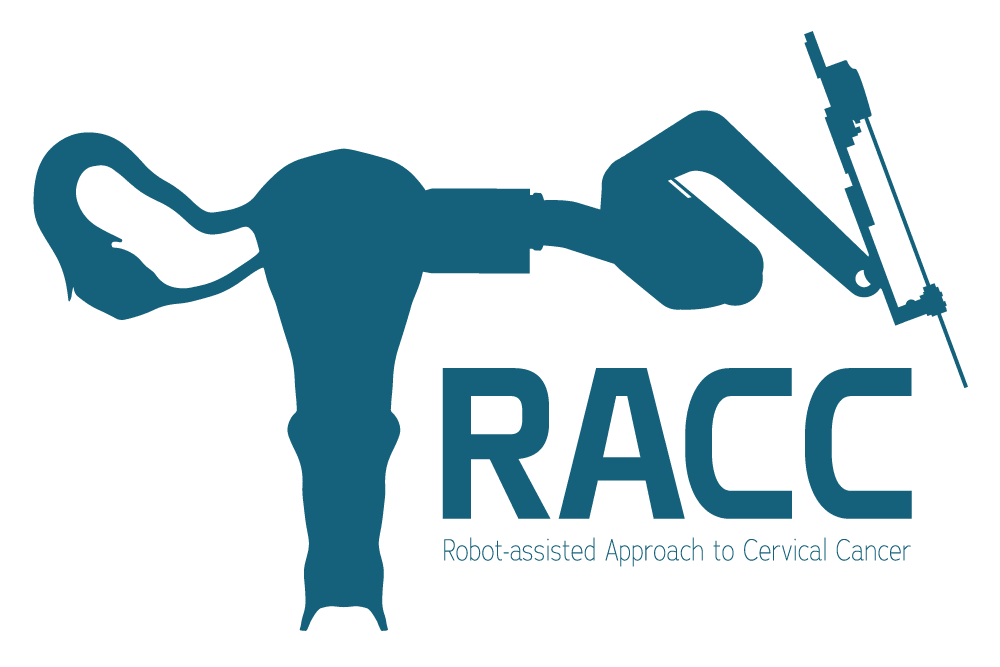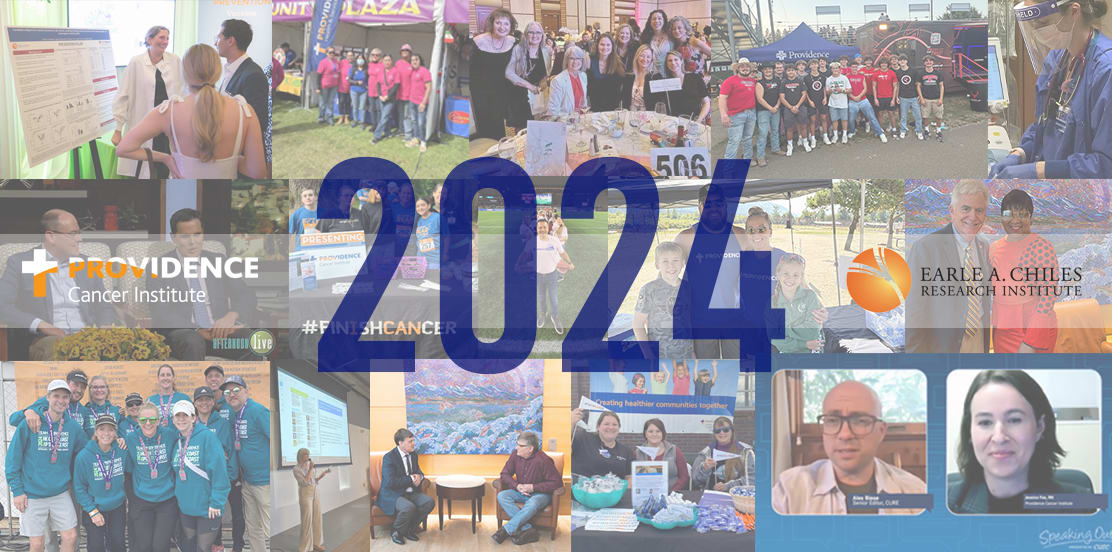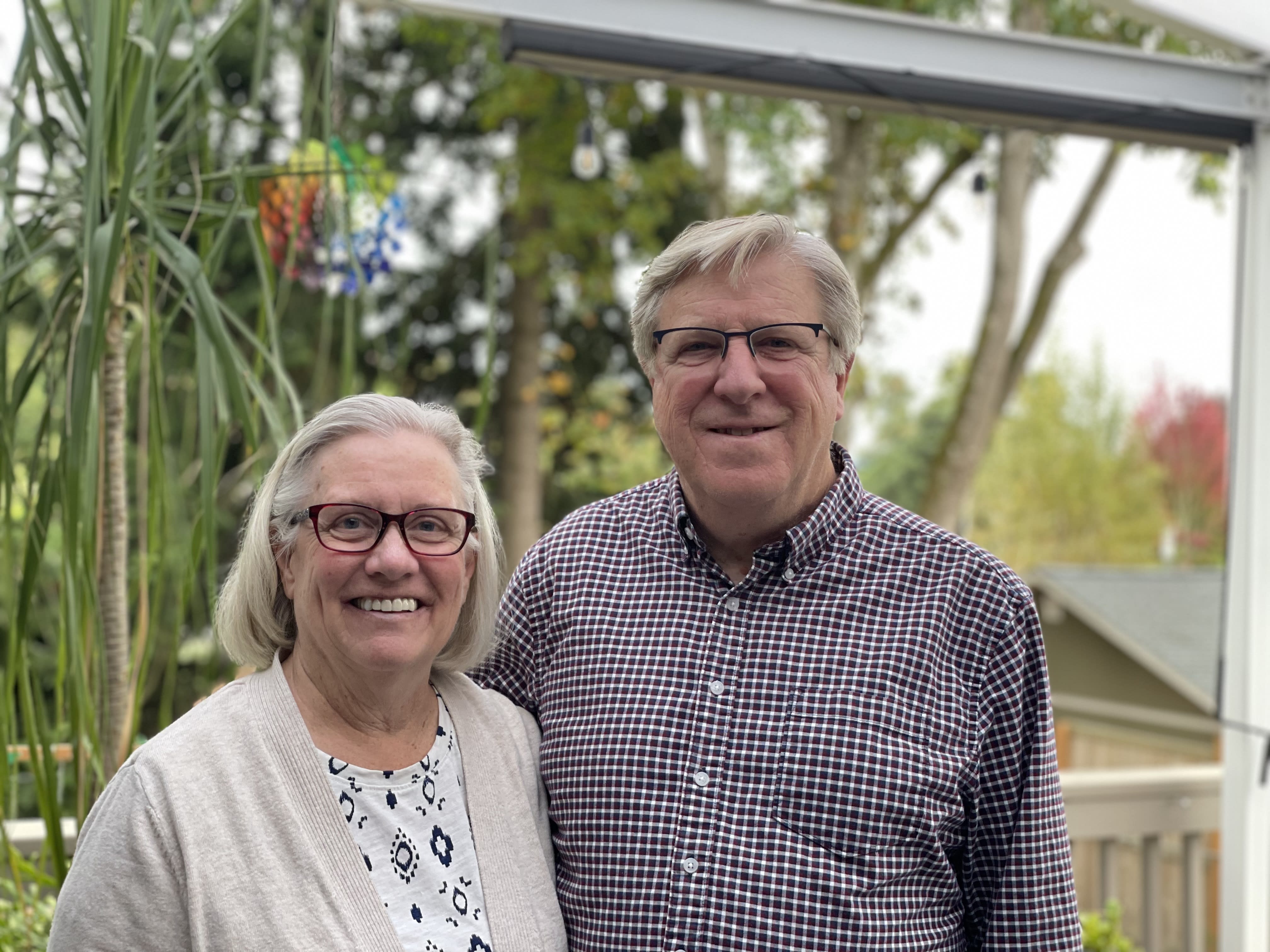Find out if you’re eligible to receive this groundbreaking procedure for liver tumors.
Call 714-446-5830 to connect with us.
Liver Cancer Care at St. Jude Medical Center
Liver Cancer Care at St. Jude Medical Center
Our Approach
Liver cancer, or hepatocellular cancer, is a type of gastrointestinal cancer that can form anywhere in the liver. When liver cancer spreads to other parts of the body, it’s called secondary liver cancer.
Our expert oncology teams use the most effective therapies to treat patients with every type of liver cancer and its related conditions, including gallbladder cancer and bile duct cancer.
Providence St. Jude Medical Center is a destination for patients seeking the most advanced therapies and treatments for liver cancer. We are among the first in California to offer histotripsy – a revolutionary, noninvasive treatment for malignant and benign liver tumors – providing patients with a specialized, innovative approach to managing liver tumors. The histotripsy procedure has shown a 95.5% success rate in clinical trials.
Our commitment to excellence ensures that you receive the highest quality treatment and outcomes. And our leadership in innovation helps us provide better care – and a better life – for you and your loved ones.
Histotripsy: A Breakthrough Liver Cancer Therapy
Histotripsy is a revolutionary treatment for both cancerous and non-cancerous liver tumors, as well as metastatic cancer that has spread to the liver. This FDA-approved procedure uses high-energy ultrasound waves that convert to sonic beams and destroy liver tumors – without a single incision or needle.
-
Histotripsy: Liver Cancer Treatment at St. Jude Medical Center
Bradley Jackson, MD discusses this revolutionary new procedure and how it effectively targets cancerous liver tumors.
-
The Edison® System
During the histotripsy procedure, doctors use the Edison® System to plan the treatment volume, target the treatment area with focused ultrasound energy, and monitor the treatment area in real-time.
Testing and Treatment for Liver Cancer
Our board-certified physicians are at the forefront of utilizing advanced and minimally invasive diagnostic and treatment techniques. We take a team approach to your liver cancer treatment because this offers the best success in controlling and curing cancer.
Your cancer care team works with you to design a personalized cancer care plan, from diagnosis to post-treatment support.
Your doctors use many diagnostic and prognostic tools to learn which therapies work best to treat your cancer. Taking into account specific case factors, like cancer type and a tumor’s genetic or molecular profile, these tools could include one or more of the following:
- Biopsy
- Fine needle aspiration (FNA) biopsy
- Genetics and genomics
- MRI PET/CT scan
- Ultrasound
Systemic therapies travel through the bloodstream and affect cells in other body parts. They are used for patients whose cancer has spread to other areas of the body, or if there’s a high risk of spread. Sophisticated genetic analysis allows us to target therapies to specific DNA mutations that cause cancer cells to develop and grow.
Systemic therapies include:
- Anti-VEGF therapy
- Commercial clinical trials
- Histotripsy
- Immunotherapy
Surgical therapies involve an operation or procedure to remove cancer from the body. Surgery may be the main treatment for some invasive cancers, but it’s only one part of the entire treatment plan.
Surgical therapies include:
- Laparoscopic liver resection: partial, hemi and extended
- Liver ablation
- Liver transplant
- Open liver resection: partial, hemi and extended
Radiation therapy uses high-energy radiation from a source like X-rays or photons to kill cancer cells or shrink tumors. It may be part of a treatment plan that also includes systemic therapies and/or surgery. Radiation can also be used to help ease a patient’s pain or discomfort.
Radiation therapies include:
- Image-guided radiation therapy (IGRT)
- Intensity-modulated radiation therapy (IMRT) and volumetric-modulated arc therapy (VMAT)
- Radiopharmaceuticals (Y-90)
- Stereotactic radiation (SABR/SBRT)
- Surface-guided radiation therapy (SGRT)
- Three-dimensional conformal radiation therapy (3DCRT)
Additional therapies may also be part of the treatment plan for a small number of patients. These could include:
- Liver-directed therapy, like TACE, SBRT, Y90 and ablation
Meet the Team
At Providence, you'll have access to a vast network of dedicated and compassionate providers who offer personalized care by focusing on treatment, prevention and health education.
Recognition

American College of Surgeons (ACS) - Commission on Cancer Accredited Program

Part of the Providence Cancer Institute of Orange County
From diagnosis to recovery and beyond, we’re with our patients every step of the way. We’ve integrated three nationally accredited cancer programs – Mission, St. Joseph and St. Jude – to provide you with:
- Board-certified cancer specialists who collaborate across locations to provide convenient, connected care close to your home or work.
- Innovative screening that can detect more than 50 types of cancer through a single blood draw.
- Patient navigators for each cancer type who will help you manage your treatment and find the resources you need.
Learn more about the Providence Cancer Institute of Orange County
Patient Stories and Expert Tips for Cancer Care





